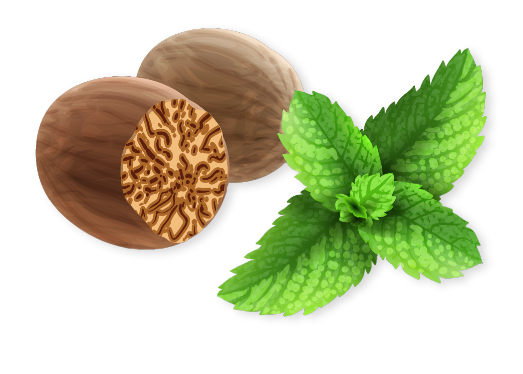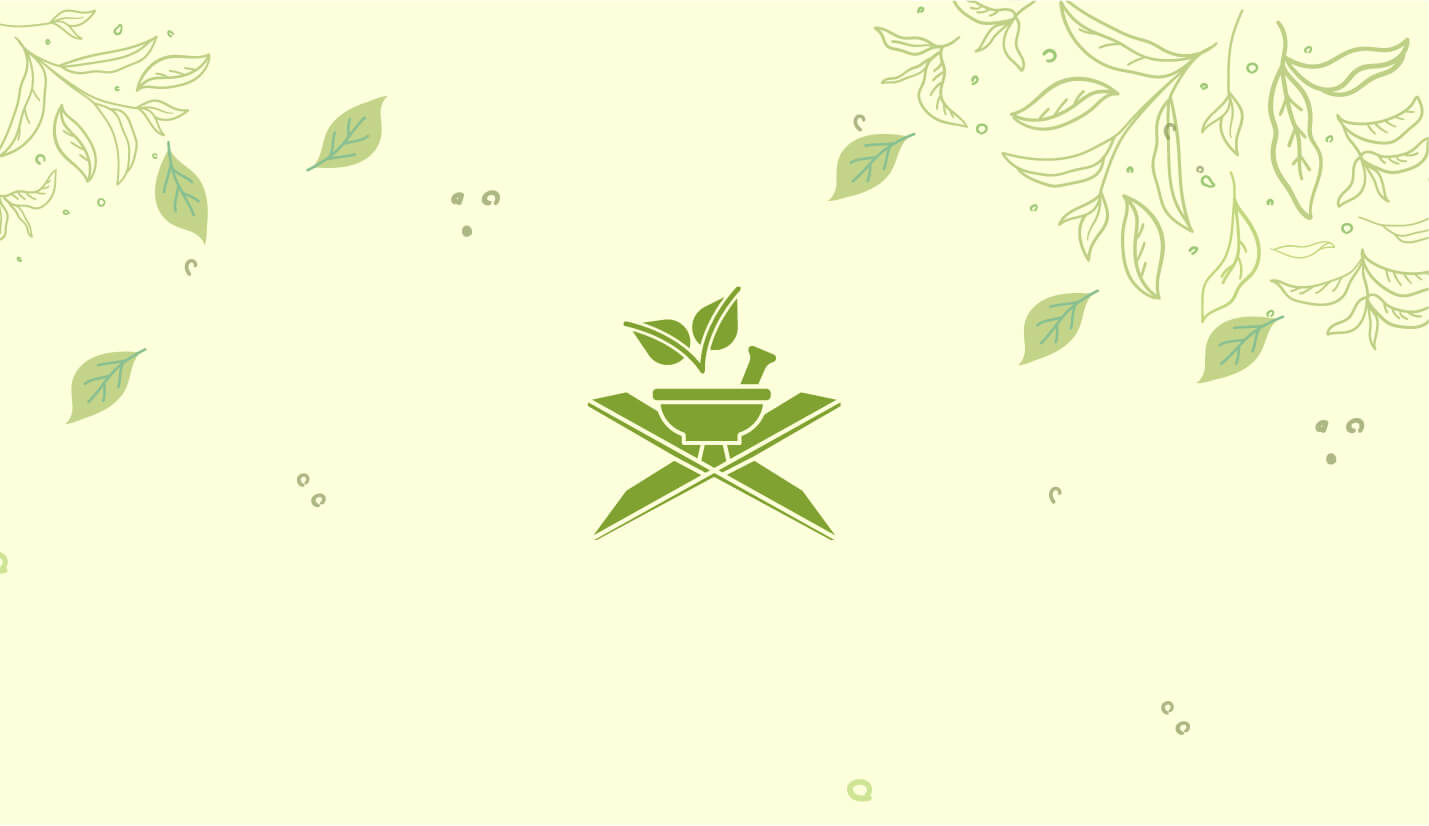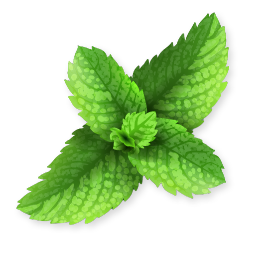Chronic Ulcers and Pressure Ulcers – What’s the difference?
Friday, June 30, 2023Ulcers, open sores that don’t heal quickly, can be classified in various ways depending on their cause, location, and other characteristics. Two commonly encountered types are chronic ulcers and pressure ulcers, each with unique causes and treatments.
Chronic Ulcers: An Overview
Chronic ulcers are wounds that do not heal within 12 weeks. They can occur anywhere on the body but are often found on the lower legs and feet. Chronic ulcers are frequently associated with underlying conditions like diabetes, venous insufficiency, or arterial disease.
Causes and Treatment
Peripheral neuropathy (nerve damage causing loss of sensation, common in diabetes) and peripheral arterial disease (narrowed blood vessels reducing blood flow) are significant contributors to chronic ulcers. Treatment typically involves managing the underlying condition, cleaning and dressing the wound, debridement (removal of dead or infected tissue), and in some cases, surgery.
Pressure Ulcers: A Closer Look
Also known as bedsores or decubitus ulcers, pressure ulcers are caused by prolonged pressure on a particular area of the body. This pressure restricts blood flow, leading to tissue damage and the development of ulcers. They are most commonly seen in individuals with limited mobility, such as those confined to a bed or wheelchair.
Causes and Treatment
The primary cause of pressure ulcers is constant, unrelieved pressure on a part of the body, often in conjunction with friction, shear, or moisture. They most frequently develop over bony prominences like the heels, hips, and tailbone.
Treatment involves relieving the pressure causing the ulcer, managing any infection present, and caring for the wound with appropriate dressings. In some cases, surgery may be required.
The Ayurvedic Perspective
In Ayurveda, both types of ulcers can be seen as imbalances in the body’s doshas (Vata, Pitta, Kapha), resulting from factors like poor diet, stress, or unhealthy lifestyle habits. Ayurvedic treatment would focus on rebalancing the doshas, incorporating dietary changes, herbal remedies, and lifestyle modifications. These practices should be pursued under the guidance of a trained Ayurvedic practitioner.
Understanding the Difference
While both chronic and pressure ulcers are open wounds that require careful management, the key difference lies in their causes. Chronic ulcers are typically associated with systemic health conditions such as diabetes or vascular disease, while pressure ulcers result from sustained pressure on a specific area.
Understanding the difference between these two types of ulcers can help in making informed decisions about prevention and treatment. In all cases, a healthcare provider should be consulted for appropriate diagnosis and care. Furthermore, integrating traditional practices like Ayurveda might offer a more holistic approach to managing these conditions.
You can write to us.
BOOK APPOINTMENT



























